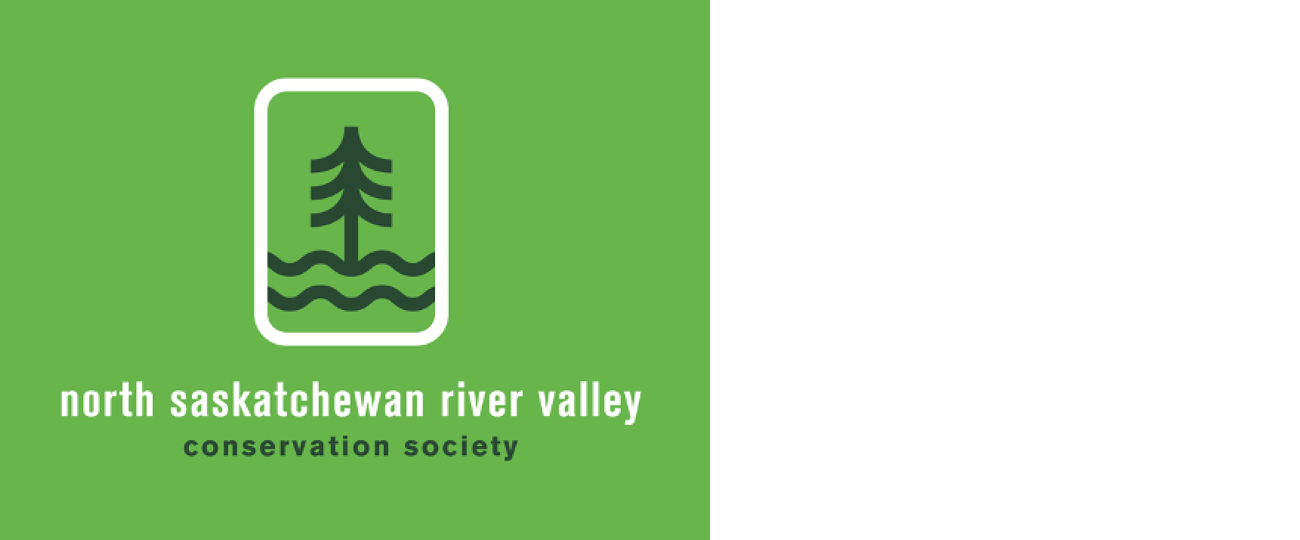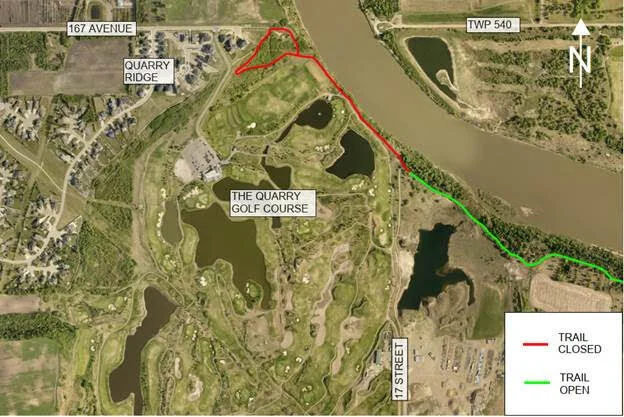New city council and our river valley
Campaign platforms and surveys give some indication about what Edmonton’s new city council thinks about river valley concerns and issues. Edmonton River Valley Conservation Coalition had a lengthy 10 question survey, which can be found on their web site, that five of the elected Councillors answered.
In response to Taproot Edmonton’s question “Do you think city council should have approved Epcor's E.L. Smith Solar Farm”, Mayor Sohi and ten Councillors said “No, I support solar power but that's the wrong location.” Only Sarah Hamilton, who voted in favour of the project, said yes, and no response was received from Karen Principe.
Mayor Sohi promised to ensure Indigenous traditional knowledge informs the preservation and restoration of our natural spaces, including the area around Rossdale and any development that might occur in that area. He also committed to advocate for the full Big Island-Woodbend area in southwest Edmonton to be protected through provincial action in collaboration with the Enoch Cree Nation.
Sohi pledged to work with key partners, including Indigenous communities and regional municipalities, to engage the federal government in creating an urban national park in Edmonton. He said, “The designation of our river valley as a national park will allow us to access federal funds for its protection and elevate our valley’s deserved national reputation.” Read Mayor Sohi’s Embracing Our Natural Environment commitment at https://sohi.ca/policy-embracing-our-natural-environment/
Will wild pigs enter Edmonton’s river valley
Parks Canada has confirmed that wild pigs, which tear up landscapes and eat everything from roots to bird eggs to deer, are present in Elk Island National Park, the only fully fenced national park, located about 40 km east of Edmonton.
According to University of Saskatchewan researcher Ryan Brook, it is only a matter of time before we start seeing the animals, which are a hybrid of domestic pigs and European wild boar, move into cities and towns. A Government of Alberta January 2021 map shows confirmed boar sightings in municipalities and counties adjacent to Edmonton’s western, northern, and eastern boundaries.
There are no native pig species in Canada. Wild boar were imported to Canada in the 1980s and 1990s to be raised on farms but they escaped into the wild and have adapted for forest, wetland, and riverbank habitats
They are large, up to 300 kg, very furry, and make pigloos in the snow to stay warm during the winter season. Pigloos are made by the pigs mounding cattails and burrowing deep into the snow caught by the cattails, creating tunnels within it, and using the snow as insulation.
Wild pigs are reproducing quickly and expanding their range extensively. Their combination of wild and domestic traits, including their high tolerance for cold and ability to birth large litters, “may have bred super pigs,” says Ryan Brook. More at https://www.cbc.ca/news/canada/edmonton/alberta-wild-pigs-breached-park-boundary-1.6207379
Indigenous Peoples Experience at Fort Edmonton Park
The Indigenous Peoples Experience is a new exhibit that opened this summer at Fort Edmonton Park. It is part of a $165 million enhancement project at the river valley park that includes new streetcar tracks and new attractions added to the midway.
The exhibit is an immersive and comprehensive exhibit. It explores the rich and beautiful cultures of First Nations and Métis Peoples while encouraging visitors to seek out the truths as lived by Indigenous Peoples before and after Canada became a country.
Considering September 30 marked the first National Day for Truth and Reconciliation, now is the perfect time to take a walk through the different parts of this exhibit, which include an outdoor hike, a short film about residential schools, a museum detailing the history of Indigenous peoples in Alberta, and a shop with local Indigenous vendors.
The event is open every weekend from noon to 4 p.m. until December, and tickets cost $20 per adult. More at https://www.fortedmontonpark.ca/learn/blog/post/the-indigenous-peoples-experience
Porcupine can swim because of its hollow quills
Porcupines are creatures who slowly, quietly wander our river valley. When the lighting is right, a porcupine's yellow guard hairs give the illusion of a glow all around them. Their quills are hollow, reducing their weight, and making them buoyant swimmers!
This animal's quills are their only defense. It hunches its back with all the quills standing up and lash its tail as the threat approaches. When the predator gets hit by the porcupine’s tail, the barbed quills stick in the predator’s skin and come out of the porcupine.
Historically, First Nations people used porcupine quills to decorate clothing and other objects. Porcupines were also an important source of food. Because of their herbivorous habits, they're usually found in vegetated riparian habitats like mature forests along rivers.
Porcupines keep forests healthy by eating mistletoe, a parasite of trees, and thinning out dense stands of saplings. They climb trees to forage for food. In the summer they eat leaves of trees, shrubs, and plants. In the winter they eat inner tree bark, buds, twigs, and evergreen needles.
Sometimes porcupines chew on leather, bones, and antlers for salt, and to hone their incisors teeth, which can grow 1.5 mm weekly. They are not very social and spend most of their time alone. However, they may share a den in the winter and sometimes forage for food in groups. More at https://www.ealt.ca/species-spotlight-list/porcupine
Beaver in the river valley
Alice writes “I have a naturalist question that might be of interest to other readers: Walking along the trails close to the river edge in the Buena Vista Park area, I have seen a number of trees that seem to have been gnawed on by beavers, a couple were still standing with the distinctive tooth mark chiselling. Surely beaver aren’t trying to dam the North Saskatchewan. Are there in fact any beaver in our river valley? What would they be up to here?”
Comment or contribution
If you have a comment, concern, or question, contact us at nsrivervalley@gmail.com Please also email us river valley photos or event information. Your friends, neighbours and colleagues can sign up for this newsletter on our web site.
Sincerely yours,
Harvey Voogd
North Saskatchewan River Valley Conservation Society
780.691.1712






















